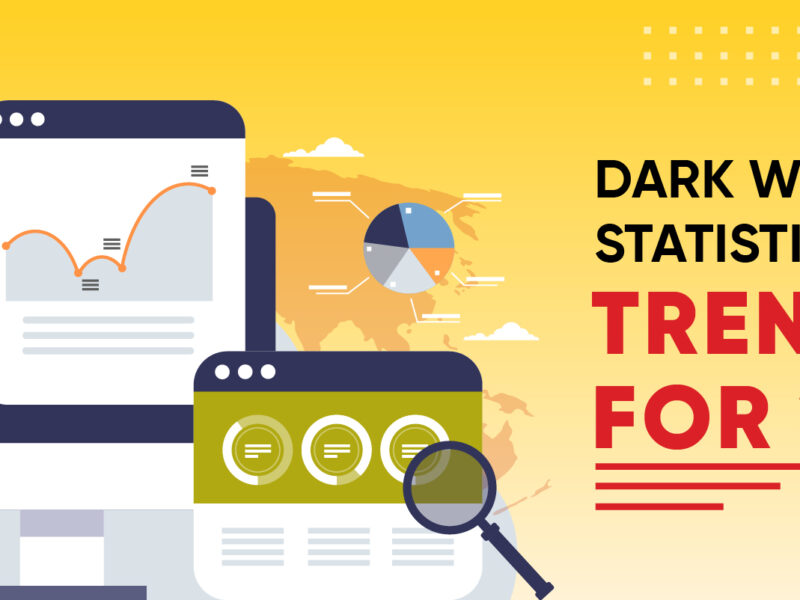
Data Breaches in 2023: The Year in Review with Protegent
The risks to our online safety are growing along with technology. 2023 has not been any different, with news headlines highlighting data breaches and businesses dealing with the fallout.
India saw serious breaches in data security in 2023. In December 2022, the train ticketing site RailYatri announced that there had been a data breach. Interestingly, this information was made public soon after the Railway Ministry denied rumors that user data that was purportedly being sold on the dark web came from railway systems.
According to a recent PwC poll, more than 82% of Indian corporate leaders believe that cybersecurity expenses will increase in 2023. Notably, the two most common reasons for data breaches are social engineering and phishing. Phishing maintained its position as India’s most common attack type, accounting for about 22% of the examined breaches. 16% of the breaches are directly related to compromised or stolen credentials. With a total cost of INR 191 million, social engineering proved to be the most costly root cause of breaches, closely followed by malevolent insider threats at about INR 188 million.
The average cost of a data breach in India surged to INR 179 million in 2023, according to IBM’s most recent study on the cost of data breaches. This is a record high for the report and a significant 28% increase since 2020. The greatest portion of breach costs at that time was accounted for by a 45% increase in detection and escalation expenses, which also indicated a trend towards increasingly complex breach investigations.
The 2023 IBM research emphasizes the many strategies companies are doing worldwide to deal with the growing expenses and frequency of data breaches remarkably, even though 95% of the global organizations under study had more than one breach, a noteworthy majority of these compromised entities—57 percent—selected to transfer incident expenses to customers instead of augmenting their security expenditures, which accounted for 51%.
The Rising Tide of Data Breaches:
In 2023, there was a notable increase in data breaches that had an impact on businesses in several industries. Using ever-more-advanced technologies, cybercriminals targeted apps, systems, and network weaknesses. Global privacy and security concerns were raised by these breaches, which revealed sensitive data including bank records, intellectual property, and personal information.
Businesses around the world demonstrate differences in how they handle the rising expenses and frequency of data breaches.
Also Read: Https://Protegent360.Com/Blog/Why-Is-User-Education-Important-In-Preventing-Cybersecurity-Threats/
Key Trends in Data Breaches:
Ransomware Attacks: Cybercriminals continued to use vulnerabilities to encrypt data and demand ransomware in 2023, making ransomware assaults a persistent danger. These assaults not only caused operational disruptions for businesses, but they also made clear how important it is to install antivirus software and take strong cybersecurity precautions.
Supply Chain Vulnerabilities: The increasing interdependence of contemporary corporate ecosystems has resulted in a rise in supply chain assaults. Cybercriminals took advantage of weaker connections in the supply chain to compromise several organizations with a single hack.
Insider Threats: Whether deliberate or inadvertent, organizations must overcome obstacles to mitigate insider risks. Access to confidential material by partners, contractors, or employees presented a danger, underscoring the significance of thorough security procedures.
Top 5 Cybersecurity Data Breaches In India In 2023
MoChhatua Data Breach: Government App Vulnerability
A data breach that affected the Indian local governance software MoChhatua in May 2023 revealed private user data, including passwords, emails, and names. The Department of Women and Child Development in Odisha developed the app, which digitizes and oversees the distribution of ration supplies to recipients.
RentoMojo Cyber Attack: Rental Industry Under Threat
A data breach that compromised customer personal information occurred at Rentomojo, a well-known online renting marketplace in India, in April 2023. On April 20, 2023, unauthorized access to Rentomojo’s database compromised user information. Although Rentomojo guaranteed the security of financial information, users were alarmed when a hacker organization claimed to have access to it.
Sun Pharma Cyber Attack: Pharmaceutical Giant Faces Breach
Leading Indian pharmaceutical company Sun Pharmaceutical Industries had a serious security compromise that affected its day-to-day operations. This event was the third high-profile cyberattack against a major Indian manufacturer in recent years, however, the magnitude and guilty party remained secret.
Zivame Data Breach: Privacy Compromised on Women’s Wear Platform
Zivame, a well-known online store in India selling women’s clothing, experienced a significant data breach that exposed the private data of thousands of female consumers. Online sales of client data, including names, email addresses, phone numbers, and physical addresses, were made for about 1.5 million Zivame users.
Cyberattack on AIIMS: Lessons in Vulnerability
A hack occurred at AIIMS in December 2022, encrypting about 1.3 gigabytes of data on five servers. Because of unauthorized network access, the incident was classified as a “cyber security incident.” A follow-up attack in June 2023 interrupted services and resulted in manual processes for admission and discharge, even though no particular ransom was required. After a two-week recovery period, the hospital was able to effectively restore e-Hospital data from an untouched backup server.
The Protegent Advantage:
In the face of a constantly changing threat landscape, cybersecurity solutions are essential for preventing data breaches. Protegent, the only antivirus software with data recovery capabilities in the world, uses many layers of proactive security to protect digital assets.
Advanced Threat Detection: With the use of artificial intelligence and machine learning, Protegent’s powerful threat detection capabilities were able to recognize and react to changing threats instantly. Early identification and mitigation of possible breaches were guaranteed by this proactive strategy.
Data Encryption and Backup: Strong encryption and backup capabilities offered by Protegent provide another line of protection against ransomware assaults. Encrypted data was safe in the case of a breach, and trustworthy backups allowed for a quick recovery without caving into demands for ransom.
User Behavior Analytics: Organisations were able to identify suspicious trends and possible insider threats thanks to Protegent’s user behavior analytics. Through the platform’s monitoring of user behaviors, it provided insights into deviations from typical behavior, enabling prompt intervention.
Conclusion:
As we reflect on the data breaches that defined 2023, it’s evident that the need for robust cybersecurity measures has never been greater. Protegent’s comprehensive approach to cybersecurity has played a crucial role in mitigating the impact of these breaches and fortifying organizations against evolving threats using total security measures. As we move forward, the lessons learned from the challenges of 2023 will undoubtedly shape the future of cybersecurity in the years to come, with solutions like Protegent Antivirus Software at the forefront of the battle for digital security.




